Welcome to the latest addition of our Show Us Your Space series, where we explore and celebrate the unique music-making environments of studio owners, independent builders, and musicians at all levels.
Today, we're checking out a world-class facility that was previously only open for private sessions but has recently opened its doors to all. Located in downtown Los Angeles, Mad Muse Studios is a studio run by In Flight Music Group (IFMG)—a full-scale musical ecosystem with a mission to provide artists with the space and resources to write, record, release, perform, and monetize their music.
Keep reading to hear all about Mad Muse Studios. To learn more, check out its website here.
Have you assembled a great practice space, project studio, or music workshop? Be sure to drop us a line at [email protected].
In Flight Music Group is managed by Matt Salazar (CEO), Zulma Tercero (COO), and Lucas Flood (CMO). Formed in early 2017, the group started leasing a space in the Arts District of Los Angeles and built out a modest 1,000 square-foot production room. It stood alone as the only studio in the area to feature a large format SSL console as its centerpiece.
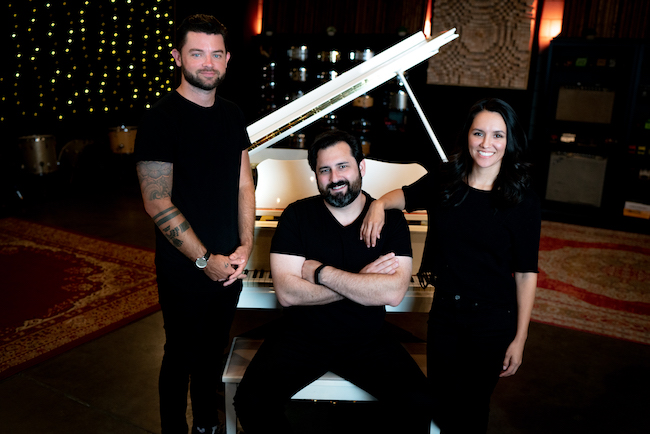
Looking for a way into the grassroots community of musicians currently playing the Hollywood/Silver Lake music scene, CMO Lucas Flood started a songwriter night called Writer's Block. After a few venue changes, the event found its stride and became a permanent fixture of Tuesday nights at the world-famous Hotel Cafe (where over 400 songwriters from around the world perform the event each year). It has gained major label/publisher/agency recognition and has expanded to New York (Rockwood Music Hall) and Nashville (Mercy Lounge).
Out of Writer's Block grew another business opportunity for IFMG—filming. In 2018, IFMG invited a few artists who had performed on the Writer's Block stage back to the studio for a single-camera video shoot of their set. People enjoyed the videos so much that they began requesting that their sets at Hotel Cafe be shot as well, and before they knew it, they were filming five to 10 sets a night.
At the end of 2018, they were told they couldn't renew their lease and had to tear down everything they'd just built. It was catastrophic. From November 2018 to April 2019, they had no space for the studio, no way to work on projects for their catalog, and no recording income, just bills.

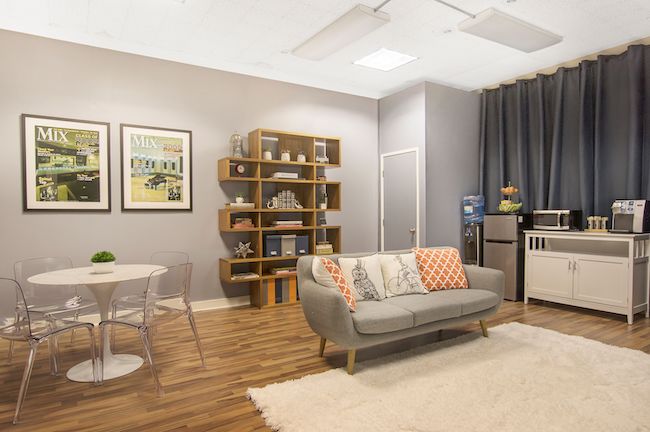
Eventually, they found a 4,500 square-foot warehouse a few blocks from the old studio. It was just one large open space, but they saw the potential to do something unique with it.
Matt took notice of the open layouts that Paul Epworth had done with The Church Studios in the UK, as well as Jay Joyce with his personal Nashville space, and the idea here was to have an incredible acoustic space that could facilitate tracking sessions of any size while still allowing everyone to feel connected and involved.
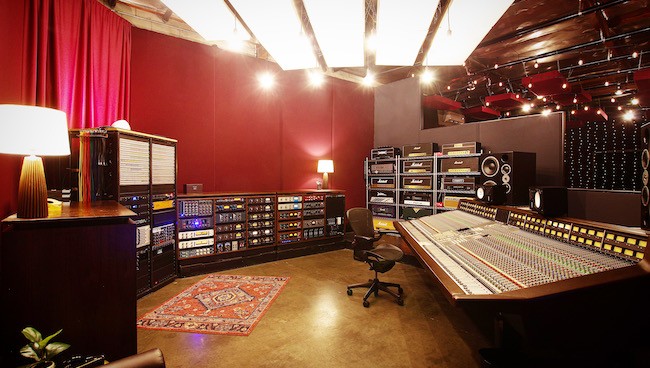
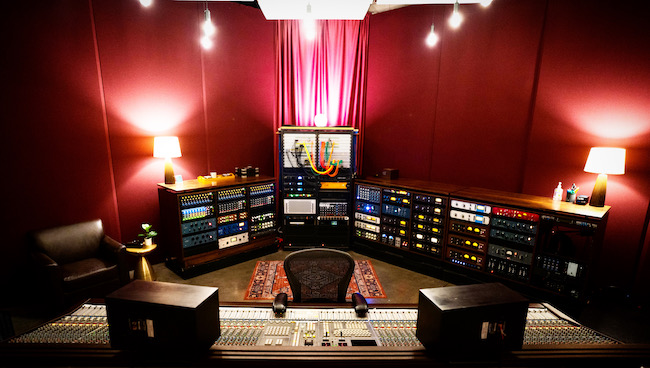
"The talkback situation can be so rough. Those times when the artist is staring at everyone through the glass but can't hear what is being said. It's constantly, 'What are they saying about me?' when all the engineer did was ask the assistant for another cup of coffee," IFMG writes.
"Also, as a producer, Matt likes to be hands-on with the group and dig into the recording process together with them in the room. Communicating ideas through a pane of glass just adds difficulty to that process."
"Special attention was paid to have the acoustics of the control room space and tracking space be appropriate for their track. Above is the entrance to our control room. When walking in, you're greeted by the SSL 8064 G+, a slew of vintage outboard gear, and a wall of amps (often referred to as Tonehenge)."
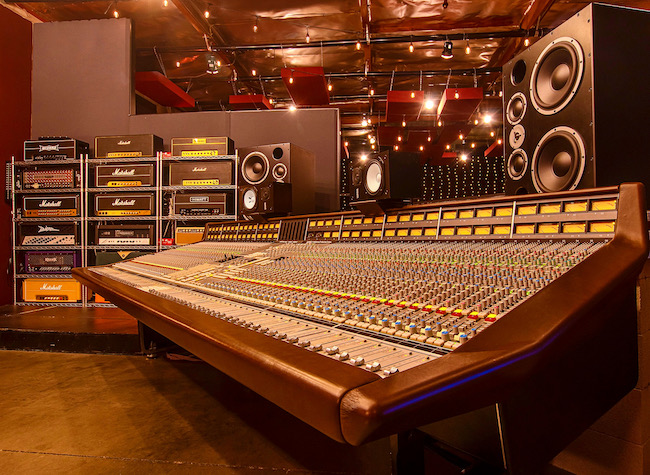
"Our Solid State Logic 8064 G+ console started life as a very large 100-channel G+ at Record One in 1993. While the console's early years included Michael Jackson hits, her legacy was set in stone during the ten prolific years (1997 to 2007) that Dr. Dre locked out the studio and had the console all to himself."
"We have painstakingly refurbished the console, and after almost three decades, its sound has proven to be one of a kind. The power supply has been upgraded to the Atomic S2, and with the addition of the THD Tangerine automation system, you can now control the Solid State Logic Ultimation via Pro Tools."
"While our SSL 8064 G+ is quite possibly the best mixing console in the world, we like to use discrete gear for our tracking dates. First call are our CAPI FD312 preamps, vintage API 550a EQs, and Tonelux EQ5P EQs."
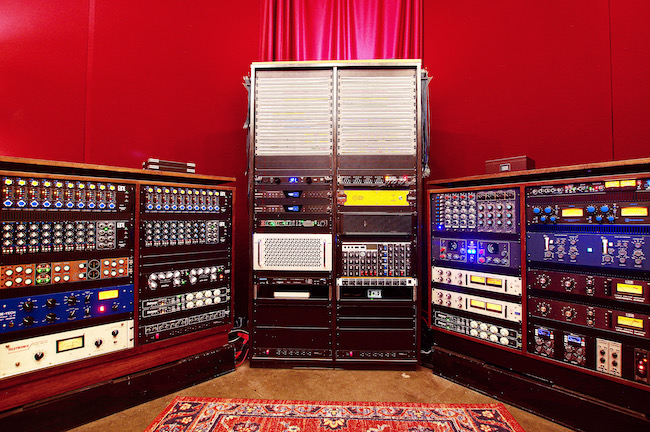
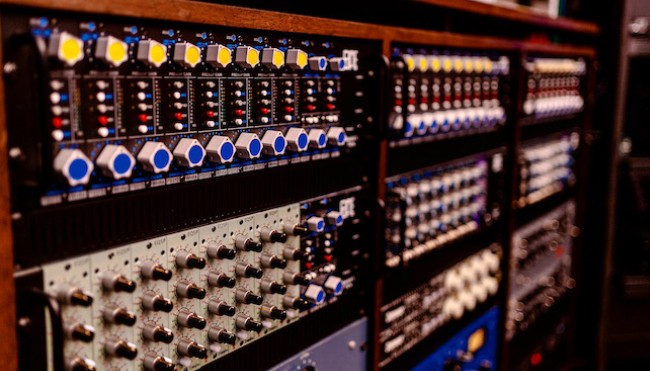
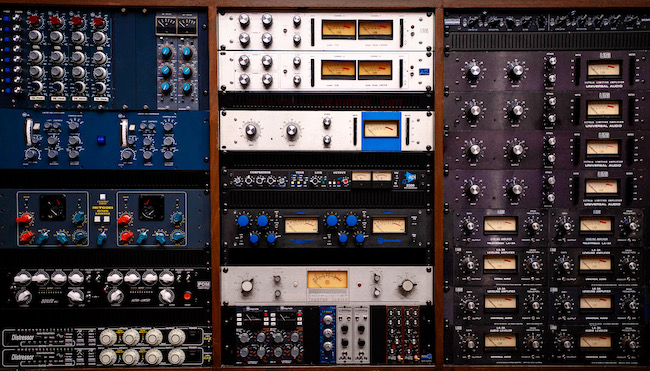
"Our outboard rack above features Neve, Urei, Universal Audio, Teletronix—all of the classics. If you can't make a record with these, then you should probably switch to a different career path."
"It's easy to get option-overloaded when staring at our wall of vintage and exotic amplifiers. Fortunately, we've simplified the processes of choosing with a custom-built amplifier patchbay that allows you to switch between amps instantly and seamlessly."

"The goal of the tracking space was to be able to host a full band playing together, but have the band sound balanced in the room with an ambience that adds a little fairy dust on top, but doesn't get in the way of the musical intention like so many large rooms can do if not controlled."
"Musicians are always amazed at the separation between loud guitar amps, drums, and vocals even though we do not regularly use gobos."
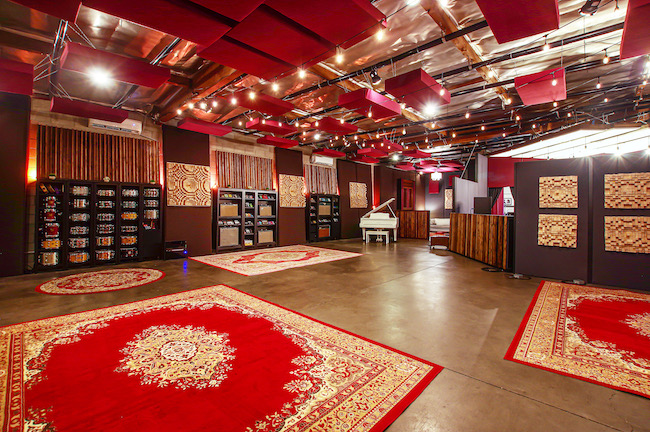
"The rear of the tracking space is actually a false wall that serves as a 12-foot-deep bass trap. Additional trapping and diffusion is placed throughout the tracking space to keep low frequencies under control and bring dimension to the sound of the room mics."
"The end result is that the instruments performed in the space sound tight and punchy, with a 3D quality that is hard to explain without hearing it in person."
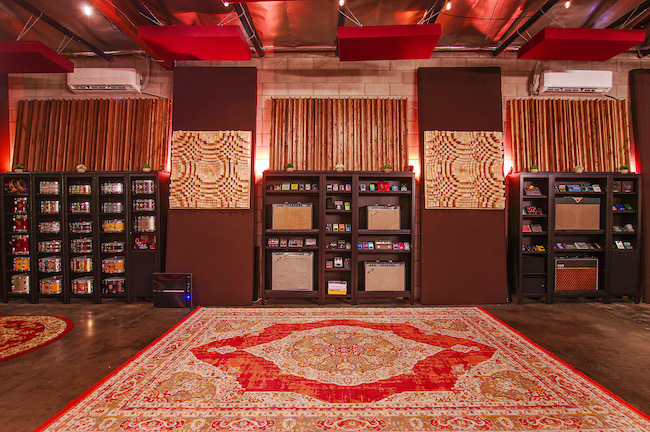
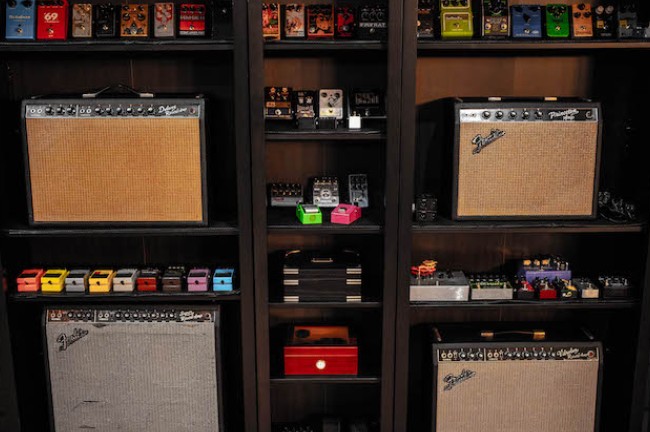

"Don't let the eye candy trick you—these amps and pedals are ready to produce the sweetest guitar tones you've ever heard. From the clean spanky tone of the Fender Vibrolux Reverb to the throaty growl of the Deluxe Reverb, it seems guitarists in every session here at Mad Muse are reaching for our vintage 1960s Fender Blackface amps."
"Also pictured above is a Yamaha C7 Grand Piano. We acknowledge the stereotypes surrounding white pianos, and prove every single one of them wrong."
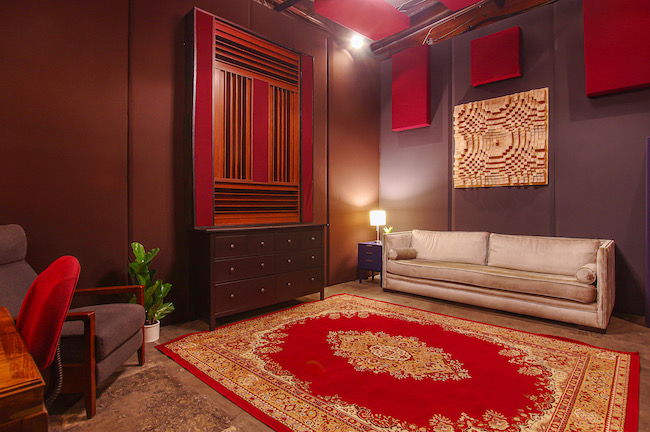
Finally, we have the live vocal room. "Similar to the glass that should separate our control room from our live room, new clients often ask where the vocal booth is... that is, until they feel the glory of freely tracking vocals in crisp, open air. To stare into a beautiful, dimly lit live room, standing in what could be your own personal bedroom, we find that vocalists tend to give their best and most comfortable performances."
For more on Mad Muse Studios, visit its website here or follow them on Instagram @madmusestudios.
